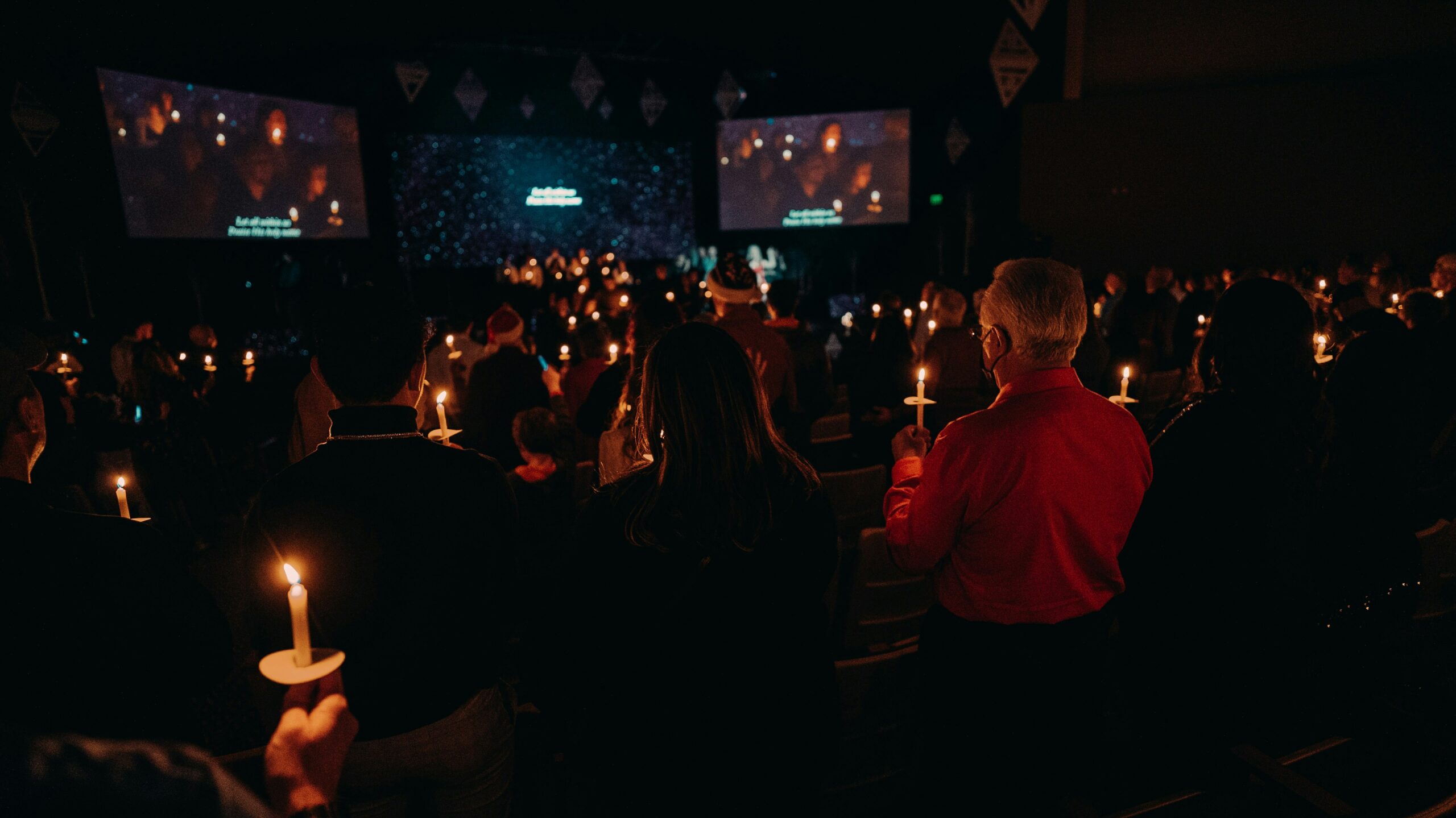Another negative. Not again.
And this was your last viable egg. This pregnancy test result marks the end of a dream you’ve held onto tight.
You’ve gone through three rounds of invitro-fertilization. The process has been grueling. Retrieving eggs, fertilizing them, and then implanting them back into your uterus.
Each time with the hope that just one would stick.
But that’s not the case.
It’s all come down to another negative indicator on your pregnancy test. In one second your dreams of ever carrying your own biological child are crushed. You’re exhausted and defeated.
The devastation, hopelessness, and grief pour over you with an unstoppable force.
What now?
You’re meant to be a mother, and if it’s not possible to carry your own child, what is your next step?
Of course, there’s always the idea of adopting internationally. You’ve actually known a few families that have gone down that road with huge success. But the more you sit on that plan, the less likely it feels right for you.
Adopting locally seems like the more realistic option. But even that path doesn’t come without heartache.
You’ve heard stories of couples supporting the mother throughout her pregnancy. Getting more and more attached to the dream of finally having a baby of their own. But in the end, the child’s mother decides to keep him.
The pain of a negative pregnancy test is almost unbearable. But losing a baby after believing it to be yours for nearly nine months is unthinkable.
Can your heart take much more pain?
But then you let yourself go there. The dream of having your kids wake you up on Christmas morning so excited to see what Santa brought. Snuggling up to your child as you read her a book before bed. Teaching them how to ride a bike and even one day a car.
These dreams are bigger than your fears and you know adopting is your path.
What kinds of adoptions are there?
You start doing a little research on what’s involved with adoption. That’s when you learn about adopting through the foster care system.
You’re familiar with private adoptions, but not public adoptions.
This isn’t something you ever thought about. What if the child you adopt has experienced trauma, abuse, neglect, or in utero drug exposure? You wonder, “Am I capable of raising a child with so much heartache?”.
But what if this is your path towards parenthood?
If you’re in the position to adopt, don’t make a final decision until you learn more about adopting through the foster care system.
City Ministries Child Placement Agency is a foster care agency serving the greater Seattle area. Ask them all your questions about what it means to be a foster parent and the option to adopt a child out of foster care.
Adoption is one of the greatest gifts you can give and receive. There are plenty of things to think about when deciding if a public or private adoption is right for you. Understanding each is important so you can make the right decision for your family.
Private Adoption vs. Public Adoption
Private adoption is one of the most common ways to adopt and usually occurs when the child is an infant. A lawyer is often involved throughout the process guiding and counseling the prospective adoptive parents.
Private adoptions have the following characteristics:
- Couples looking to adopt are more active in the mother’s pregnancy and delivery of the child.
- Often there’s more contact and connection between the biological and adoptive parents.
- They’re more expensive and often the adoptive parents are responsible for all medical and attorney expenses.
Public adoptions occur when the child’s placed in the custody of the state. The primary goal of foster care is for the child to return to its biological parents. Unfortunately, that’s not always the case. When this happens, the courts end the biological parent’s rights, and the child is open for adoption.
Public adoptions have the following characteristics:
- Ages vary when it comes to public adoptions.
- There’s a good chance the child has a sibling or two in need of adoption.
- Adopting out of foster care is far less expensive because the state funds much of the fees.
Difference between private adoption vs. state adoption
Both forms of adoption involve giving a child a loving, stable, and secure home. There are differences that should be noted. Don’t make a decision until you understand the differences between the two.
1. One is a voluntary decision and the other is involuntary.
Private adoption is voluntary, and adoption through foster care is involuntary.
With a private adoption, the biological mother is in control of every decision when it comes to the adoption plan. She can even change her mind at any point during the process, which is why it’s a voluntary decision.
The birth mother is in control of releasing her parental rights to the child but is also free to change her mind.
With public adoption, the state makes the decision about the child. It’s an involuntary decision for the biological parents. The state removes the child from the home and places her in a foster home.
The state can then decide to end the biological parent’s rights without their consent.
2. The selection process
Private adoptions choose the family, and a public adoption chooses the child.
When a mother chooses to put her child up for adoption, she’s the one who decides which family adopts her baby. A social worker sends her some adoptive family profiles that meet her criteria. If chosen, the prospective family will move forward in the adoption process.
This can be somewhat heartbreaking for families who aren’t selected but want to adopt.
In foster care, biological parents have no say in where their child goes and who adopts them. The state works very hard to find a family that can give the foster child the best outcome for long-term success. But the biological family isn’t involved in selecting the adoptive family.
3. How involved the biological parents are
Biological parents are more involved in a private adoption than public.
Private adoptions often have what’s called open adoption. This is where the biological parents remain involved with the child as he grows up. Sometimes extended family stays involved.
Every circumstance is different. It’s important to discuss this with a social worker before the adoption takes place.
Adopting out of foster care is quite the opposite. There’s a very real chance the child has had little to no contact with his parents and extended family. It might even be in his best interest to not have any sort of relationship with his biological parents.
As with private adoptions, every case is unique. Discuss your concerns with a social worker before the adoption occurs.
4. How much it costs
Adopting through a private agency is more expensive than adopting through foster care.
It’s not uncommon for adoptive parents to pay upwards of $50,000 with a private agency. Expenses (1) associated with adopting include attorney fees, social workers expenses, medical bills, and more.
In contrast, adopting a child out of foster care costs nearly nothing, and in most cases is free. Oftentimes foster parents receive state funding and services for the child.
5. How long the process takes
It can take months or even years for a birth mom to select you as the family for private adoption. And that doesn’t include the time it takes for the adoption actually to go through.
The waiting process can be agonizing for a couple eager to expand their family. Each time they get passed over by a mother looking for the perfect parents for her unborn child can be torture. Once selected, expect the adoption to take about a year for the process to be finalized.
When adopting through foster care, the waiting process can vary. One of the big factors is if the child’s parents have had their rights terminated.
A child can enter the foster care system and it can still take months or years for a permanent placement option.
6. Age of the child
It’s most common for prospective parents adopting through an agency to adopt an infant. That’s not always the case when adopting through the state.
It’s normal to want to adopt a newborn baby. Bonding with your infant child and watching them grow, learn, and develop is one of the greatest gifts. If your heart is set on adopting a child at infancy, adopting through a private agency is your best bet.
The average age of a child in the foster care system is 6.1 years old (2). It’s far more common to adopt an older child when adopting through the state. Of course, there are situations where an infant is available for adoption.
7. The level of uncertainty
Parenting, in general, comes with a certain level of uncertainty. But there are far more unknowns when it comes to adopting out of foster care versus a private adoption.
If you choose a private agency when adopting, you often get to know the biological mother and develop a relationship with her during the pregnancy. This eases adoptive parent’s concerns for their unborn child since they are involved with the doctor appointments and care of the birth mother.
Adopting through foster care is quite the opposite. It’s no surprise that a child in foster care might have experienced drug or alcohol abuse while in utero, or other trauma, neglect, and abuse once born.
Foster care isn’t something to jump into with the only intention to adopt. If you feel led to foster, make sure you know all that’s involved and that your primary goal is to help children in need.
Of course, it’s possible to adopt a child out of foster care, and there are plenty of foster children waiting for an adoption.
Avoid unnecessary heartache and disappointment and have clear expectations about your role as a foster parent and the long-term outcome.
Adopting a child is an exciting, scary, and life-changing experience for both you and the child. Whatever kind of adoption you choose, it’s important to know all the facts and have the information. This way you can make the best decision for yourself and your family.
There’s a child out there waiting and eager to call you mom or dad. Tap the link and learn more about fostering with the hope of adopting.
References:
- “How Much Does Private Adoption Cost?.” 18 Jun. 2019, https://adoption.org/much-private-adoption-cost. Accessed 19 Aug. 2022.
- “19 Intriguing Foster Care Education Statistics – What To Become.” 3 Aug. 2022, https://whattobecome.com/blog/foster-care-education-statistics/. Accessed 19 Aug. 2022.



